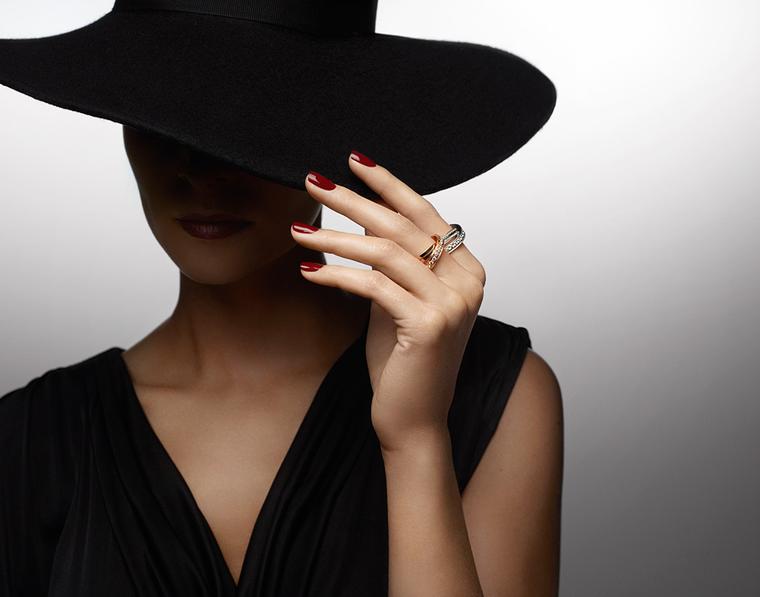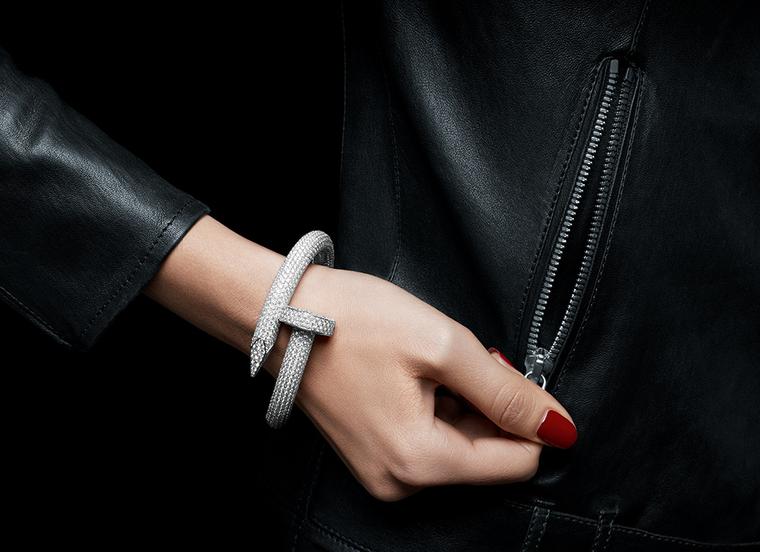
This December, Cartier brings to Paris over 600 jewels and watches that will be shown to the public at the Grand Palais as part of an exhibition titled 'Cartier: Style and History'. Under the soaring steel arches and glass roof of the Grand Palais will be a magnificent history lesson in glittering gems. Built in the same wave of construction as the Eiffel Tower for the 1900 World Exhibition, this iconic Parisian exhibition hall, built in a Beaux-Arts style, is a fitting venue for this much-anticipated exhibition, which runs from 4 December to 16 February 2014 and offers a retrospective of history of the different styles of Cartier's work.
Cartier jewels have travelled the world and appeared in some of the most important museums during their travels over the past 26 years (read more here). Each of the previous exhibitions has been based around a theme, such as an era or a style of jewellery. From Prague to Shanghai, no two exhibitions have been the same, but this is the first time that the 'show' has returned to Paris - home to Cartier, which was founded in 1847 - in over 20 years.
The maison is able to display a rich array of styles thanks to the Cartier Collection of 1,457 pieces of extraordinary jewels, clocks and objets d'art, from which 538 have been selected for the exhibition at the Grand Palais. The others are on loan from public institutions. "Each exhibition has its own selection," says Pascale Lepeu, curator of the Cartier Collection. "But like a concert, where the artist is invariably asked to perform his most famous melodies, some of our pieces are taken out of the vault at almost every opportunity."
Housed in a discreet, unmarked and suitably unremarkable office building in Geneva, the Cartier Collection has been amassed over the past 25 years. The watches and jewels acquired for the Cartier Collection are all meticulously restored and cared for by Cartier experts, and the original archives, signed by Cartier, that document nearly every jewel and watch are carefully consulted.
The first acquisition by the Cartier Collection was in 1973: a 1923 Portico mystery clock. Since then, based at the epicentre of jewellery and watch auctions, the Cartier team has been combing sales and tracking down key pieces in the house's history, such as the Duchess of Windsor's 1949 Panther brooch. This jewel has become an icon and inspiration to this very day thanks to its daring design coupled with an impressive Kashmir sapphire and the Duchess's high-profile life and wisely curated extravagance.
One of the oldest Cartier creations to look out for is a suite of jewels that dates from around 1860 and comprises a necklace, brooch and hair comb in gold and amethyst. And I am sure connoisseurs and gem experts will be drawn to the 1932 necklace with its impressive 143.23ct emerald, made by Cartier London.
The exhibition also offers an insight into the far-reaching inspirations of Cartier's jewels, which spanned the globe and eras. The Indian style is evident in a 1923 emerald, onyx, platinum and diamond bracelet, influenced by the Cartier brothers' visits to the subcontinent. The vogue for all things pharaonic, following Carter's discovery of Tutankhamun's tomb in 1922, is evident in an Egyptian-style vanity case, while the delicate, natural style of the Belle Epoque is crystallised in a devant de corsage from 1903 with an intricate millegrain setting.
I will be heading straight for the jewels of another famous owner as two of María Félix's reptilian jewels will be on show. For the first time ever, I will be able to see with my own eyes the famous crocodile brooches commissioned by the flamboyant Mexican actress in 1975. And what a story to go with it: 'La Doña', as she was known, deposited a live crocodile in a jar at the rue de la Paix shop as inspiration for the jewellers. True to the model provided by the actress, the crocodiles have articulated bodies, beady eyes and detachable feet complete with little claws. One is set with yellow diamonds, the other with emeralds, and they can be joined to form a necklace. Also on display will be 'La Doña's' snake necklace, an impressive feat of craftsmanship that manages to turn precious metals and diamonds into a lifelike, slithering snake that drapes around the neck with chilling ease.
But rest assured, Cartier's menagerie of panthers, snakes, crocodiles and flamingos will be safely stowed behind glass to be admired and remind us of the art of the jeweller over the past 150 years. And when the exhibition finishes, they will go safely back to their Geneva hideaway, waiting for another chance to dazzle the world with their beauty and design genius, which has the power to transport us back to another age.



















